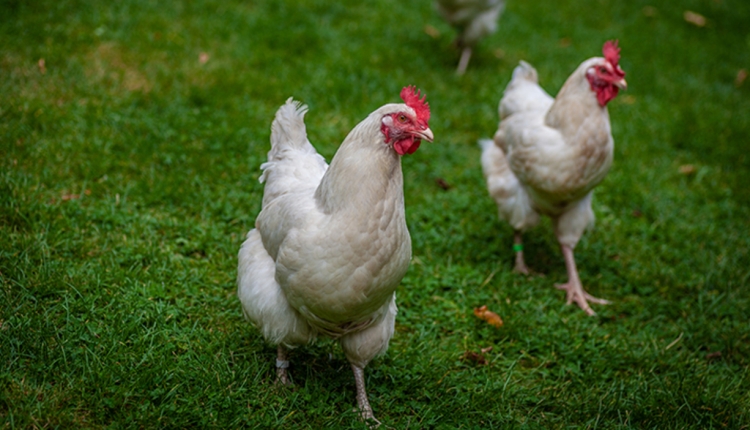
After reviewing the National Agricultural Statistics Service (NASS) announcement from Tuesday, March 12, it became crystal clear that dairy contributed the largest cost savings for NASS' mandated budget cuts required by the federal government's sequestration legislation. As we reported in our March 4 blog, sequestration took effect on March 1 and required nearly every government sector to implement 5 to 7 percent in spending cuts. For USDA's NASS division, monthly Milk Production was among the ten statistical surveys and reports suspended for the remainder of the fiscal year. Others included:
- All Catfish and Trout Reports including Catfish Feed Deliveries and Catfish Processing
- July Cattle Report
- Potato Stocks Reports
- All NonCitrus Fruit, Nut and Vegetable Forecasts and Estimates
- June Rice Stocks Report
- All Hops and Hops Stocks Estimates
- Mink Report
- June on- and off-farm stocks for Austrian Winter Peas, Chickpeas, Dry Peas and Lentils
- July acreage forecasts for Austrian Winter Peas, Dry Edible Peas and Lentils
However, it was dairy that took the brunt of the NASS axe with a further contribution from the July Cattle Report. That report impacts dairy as it includes dairy cow and replacement heifer statistics. In fact, when reviewing the remaining commodity groups, one has to scroll all the way down to the 15th ranked potatoes before there is further impact in the remaining nine reports now on the back shelf.
There are a number of reasons that Milk Production may have been included in the group of ten. Chief among them is it may have contributed the lion's share of cost savings for NASS. "The other reports are more seasonal in nature," said Mark Stephenson, the University of Wisconsin's director of dairy policy analysis. "Whereas the Milk Production report takes equal effort every month."
Among the suspended reports, Milk Production will likely have the most impact on ag markets. Moving forward, it appears that March will be the first time that Milk Production will not be calculated and released by NASS. As for February's report which is scheduled for release on March 19, it should be reported as most of the data has been collected and is already in the review phase.
How will the dairy industry respond?
There is no doubt that Milk Production has played (and hopefully will play in the future) a critical role in price discovery. While grains and other animal species have well-established markets and futures contract structures, dairy is still getting its feet under itself despite a great deal of inroads made in the past decade to utilize price discovery tools to lock in margins.
To help bridge the gap, nonUSDA statisticians and market analysts could extrapolate some of the missing data from Milk Production by using monthly Federal Milk Market and California Milk Market Order activity to estimate monthly milk flows. When combined, those two milk order data sets accounted for about 82 percent of last year's milk production. While not a perfect or even an ideal replacement, the top 23 dairy states contributed 93 percent of total U.S. milk production in 2012 . . . so there is a strong correlation. There is a bit of irony in using this FMMO data to determine milk estimates for the remainder of the year - even though our industry funds FMMOs via assessments made by processors (not taxpayer funded) that too faced cuts through sequestration.
Dairy producers and others in the industry are a resilient lot. Certainly others with have creative concepts to bridge the void left with the suspension of the Milk Production report. We support reducing our budget deficit to secure our nation's long-term future and many in dairy are willing to do their fair share. However, we also expect other groups to contribute as well. Unfortunately that is not the case with in the current plan. If further cuts are warrented, corn, beef, soybeans, poultry and swine need to contribute their fair share as well. As for dairy, we've contributed more than our fair share.









